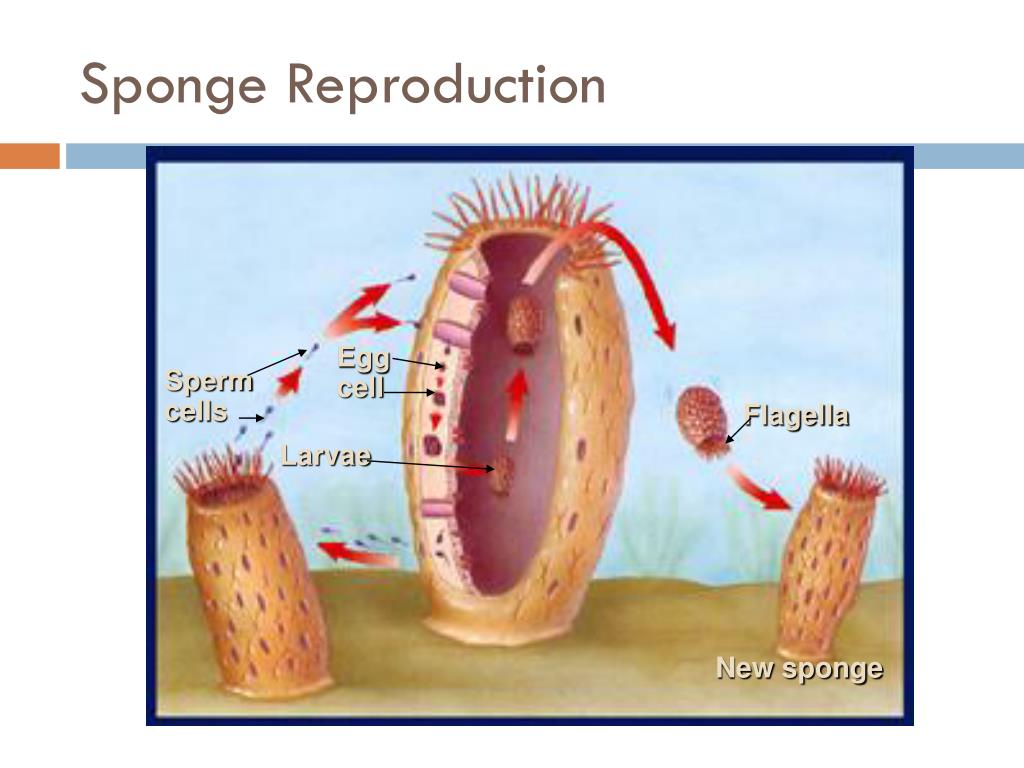

Sponges have very few predators, as most produce toxic chemicals and small splinters to defend themselves. The sponge can control how quickly the water moves by beating tiny internal hairs known as flagella. Finger sponges are tall tubes, and water enters through tiny channels at the bottom and leaves through a larger hole at the top. Sponges survive entirely on the movement of water through their bodies, from which they capture plankton and bacteria to eat, and absorb oxygen to breathe. Sponge gardens also provide habitat and hunting grounds for a variety of other marine animals. Groups of sponges form gardens which are a colourful and spectacular sight. Some sponges live on the sea floor, while others attach themselves to rocks with a special tissue that resembles tree roots. True or False: As nutrients and oxygen dissolved in water enter through pores in a sponges body, food particles avoid the cells. They do not show movement over large distances like other free. How does a sponge eat (6) All sponges are filter feeders. There are about 15,000 species of sponges. Adult sponges remain attached to one place for their lifetime. A sponges body is made of two layers of cells. They consume other organisms for their nutrition and are made up of multiple different cells. Sponges are generally sessile as adults and spend their lives attached to a fixed substratum. fionaomatic Terms in this set (11) Sponges (4) Classified as animals because they cant make their own food. There is a wide diversity of different types of sponges around the world, and a number of different species in the Derwent estuary. Sponges are animals with dense skeletons that are highly adapted to their environments, although it is easy to see why they may be mistaken for plants. Sponges are found in aquatic environments.


Sponges are often confused with plants, but they are actually animals, but have no muscles, nerves or organs! Instead, they are made up of a combination of living cells and a stiff jelly-like substance known as ‘mesohyl’. Rocky reefs, kelp beds and inter-tidal zone Finger sponge Image: John Turnbull Community type


 0 kommentar(er)
0 kommentar(er)
